When it comes to leg day, the debate between free weights and machines is never-ending. But more and more lifters—both in commercial gyms and home gyms—are turning to machines like the super squat, V-squat, and power squat for their targeted benefits and joint-friendly mechanics. If you’ve ever wondered about the difference between the hack squat and V-squat, or whether the Hammer Strength MTS V-squat is worth the investment, this article breaks down everything you need to know—based on real use, biomechanics, and results.
Super Squat Machine Benefits: Controlled Power, Less Guesswork
The super squat machine offers a hybrid motion between a front squat and a hack squat. Its key benefit? Spinal alignment and knee tracking. For beginners or those with lower back sensitivities, the machine reduces the pressure on the lumbar spine by locking the torso in a fixed position.
-
You can load it heavy without fear of tipping or bar imbalance.
-
It promotes consistent depth—great for hypertrophy in quads, glutes, and hamstrings.
-
Especially useful for older lifters or those recovering from injury who want leg stimulation without spinal stress.
Personal Note:
I first tried the super squat after a minor disc flare-up from heavy back squats. Within a week, I was back to pressing 80% of my previous load—with zero back pain and full quad activation. It was a game-changer for rebuilding confidence under weight.
V-Squat Machine Form: A Joint-Smart Alternative to Free Weights
Often confused with a hack squat, the V-squat machine (especially models like the Hammer Strength plate-loaded V-squat) allows for a more natural foot and hip angle, reducing shear stress on knees and hips. Think of it as a “forward-leaning squat” with guided mechanics.
Key benefits of the V-squat:
-
Protects knees and hips while still allowing heavy loads
-
Easier to learn than front or back squats for beginners
-
Engages glutes and hamstrings more than standard hack squat machines
If you're debating between the V-squat vs regular squat, here's the difference: a barbell back squat requires more balance, core strength, and mobility. The V-squat machine removes balance as a variable, letting you focus purely on pressing strength and muscular engagement.
MTS V-Squat vs Regular Squats: More Than Just Convenience
The Hammer Strength MTS V-squat is a dual-action machine that moves with your body. Unlike some stiff-leg machines, it mirrors the body’s natural squat path, encouraging safe joint movement under tension. Compared to a barbell squat, you're locked into an ideal range of motion that activates your posterior chain—especially beneficial for tall lifters or those with mobility restrictions.
Main differences:
| Exercise | Load Capacity | Core Engagement | Joint Risk | Best For |
|---|---|---|---|---|
| Barbell Squat | High | High | Moderate | Strength & Athletic Training |
| V-Squat Machine | Moderate–High | Moderate | Low | Bodybuilding & Rehab |
| Super Squat Machine | High | Low | Low | Volume & Hypertrophy |
Front Squat Hack Machine: Targeting the Quads with Precision
Machines that mimic the front squat—often labeled front squat hack machines—offer all the quad-blasting benefits without the need for wrist and shoulder mobility. These are especially helpful for isolating the rectus femoris and VMO without overloading the spine or requiring a spotter.
Pair it with a power squat machine, and you’ve got a killer duo for full-leg development without needing a full squat rack or Olympic setup.
Which One Should You Use?
Here’s a quick cheat sheet:
-
Super Squat Machine – Great for beginners, injury rehab, or hypertrophy work
-
Hammer Strength MTS V-Squat – Excellent for natural-feeling, joint-safe squats
-
V-Squat Machine – Best for glute-focused lifters and those seeking balance between quad and hamstring load
-
Power Squat Machine – Ideal for loading heavy with a fixed path and good depth
Final Thoughts: Machines Are Not a Shortcut—They’re a Tool
Machines like the super squat and V-squat aren’t about avoiding hard work. They’re about working smarter, especially when you want to push volume or need a break from spinal compression. Whether you're chasing size, recovering from injury, or refining form, these machines can elevate your squat game without compromising safety.
Use them in rotation with free weights, not in place of them. And above all—stay consistent. The best squat is the one you can do with full range, progressive overload, and confidence.

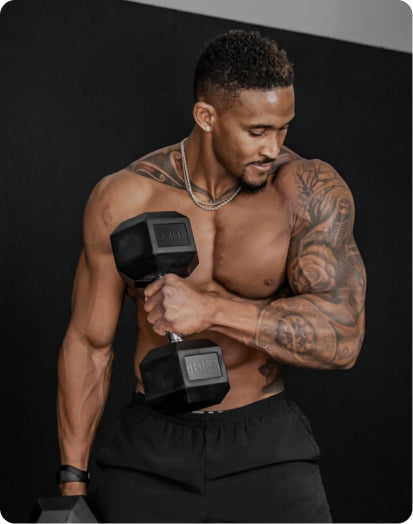
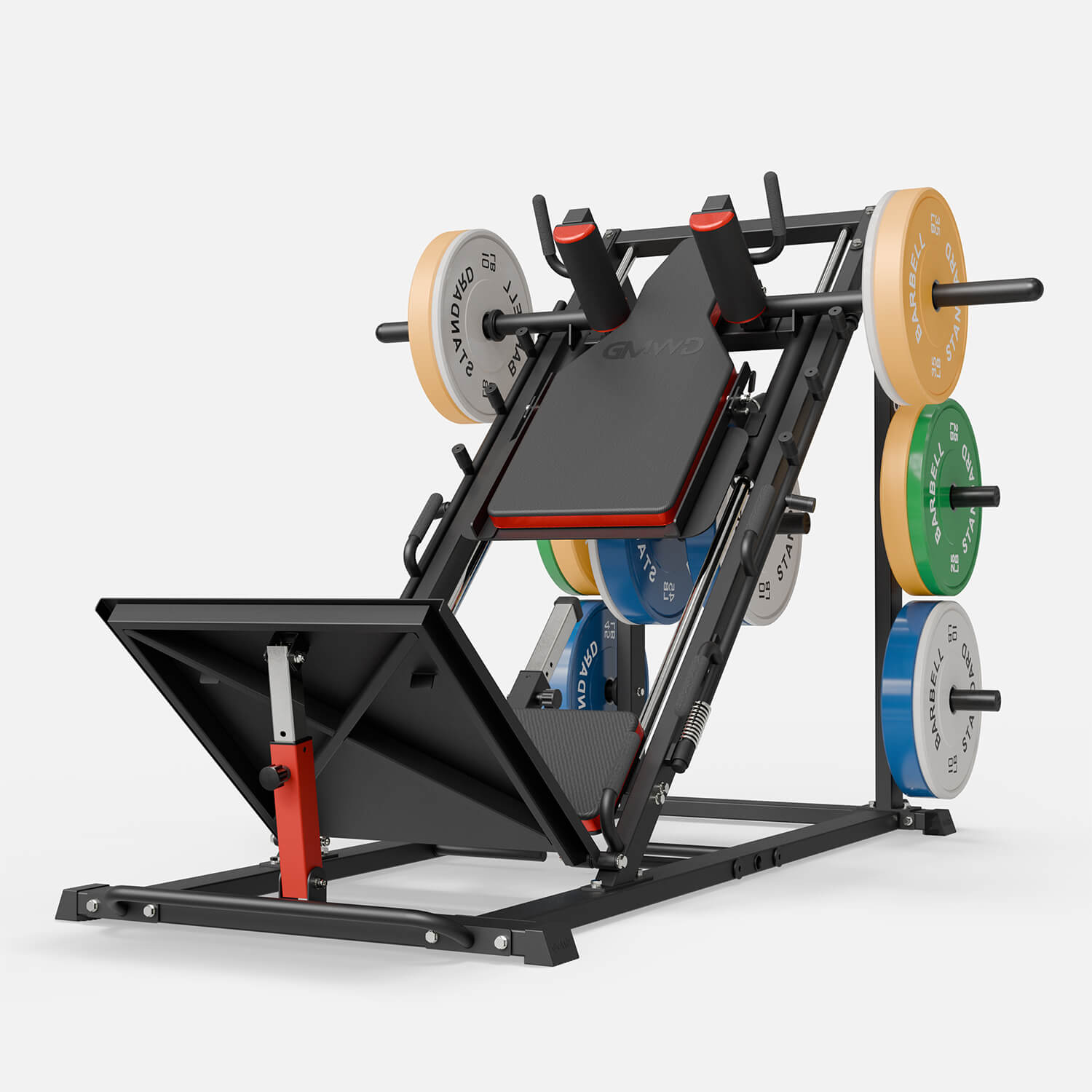


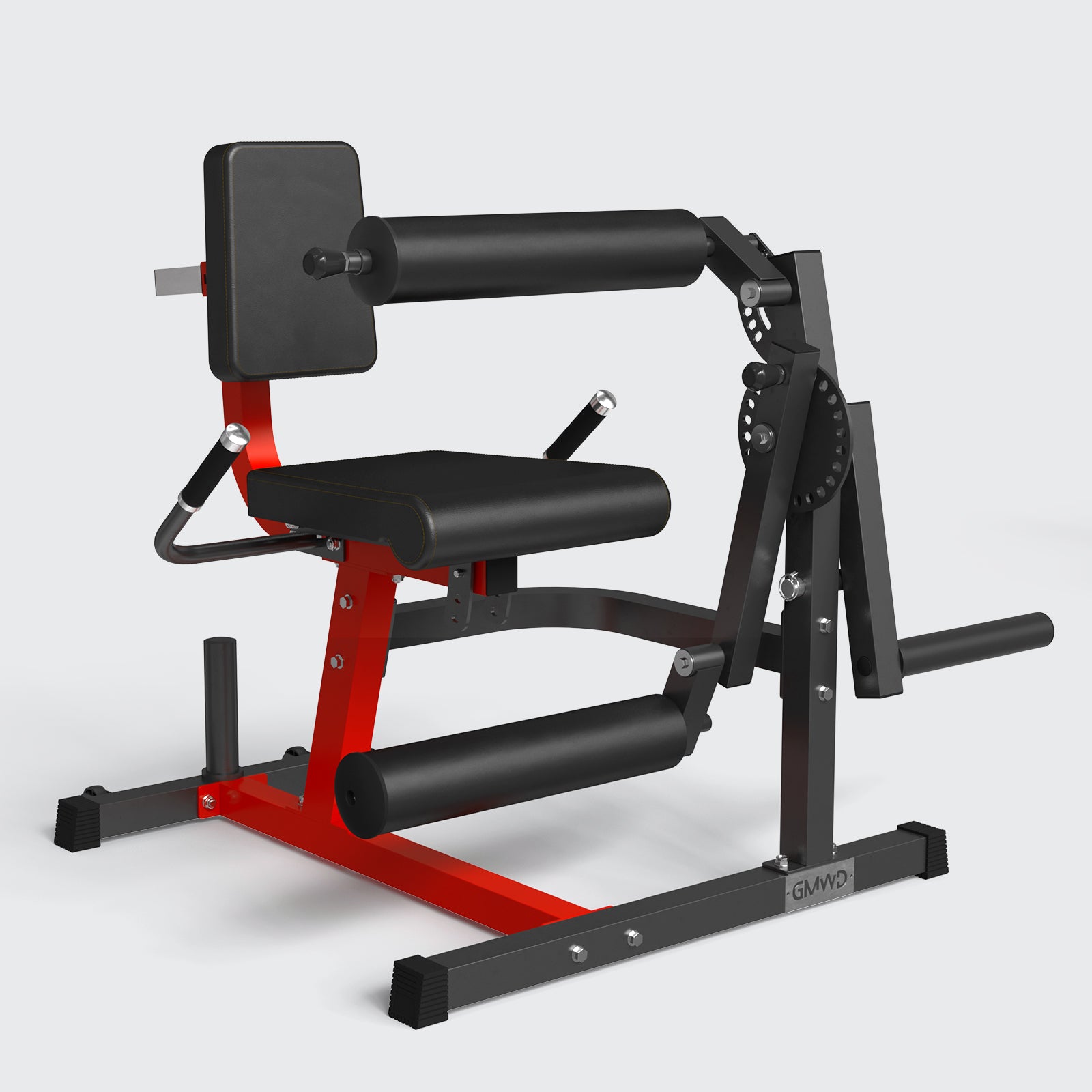
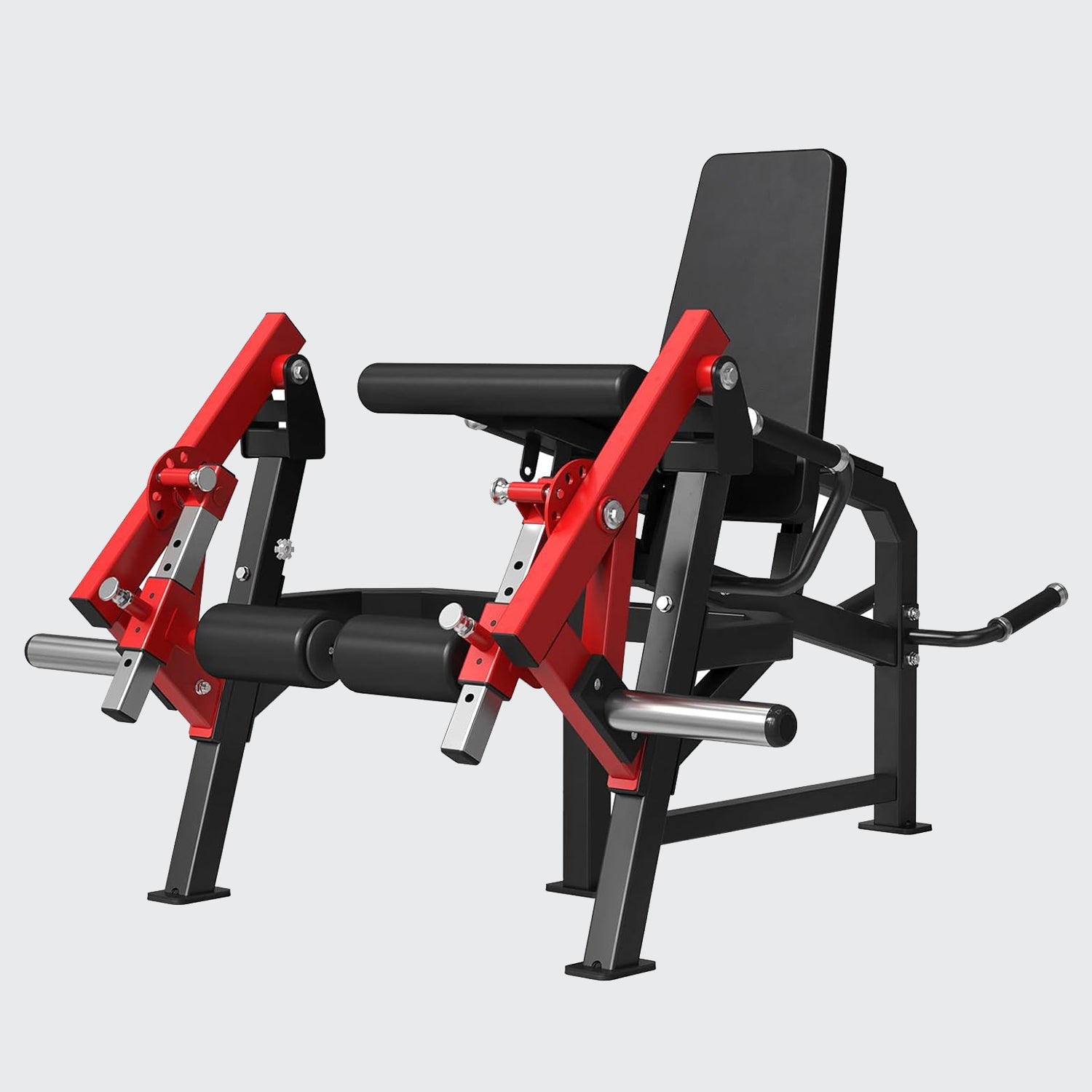
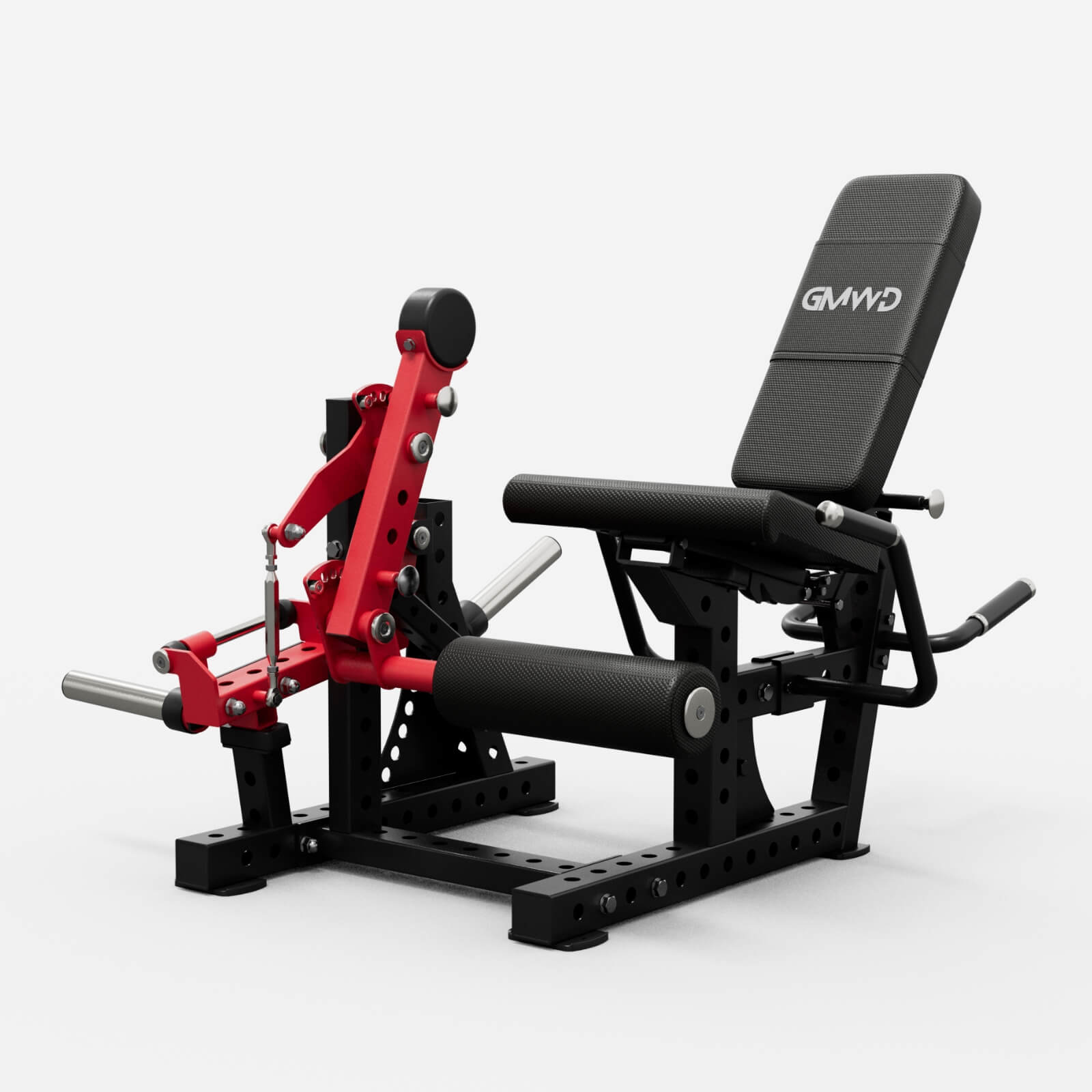
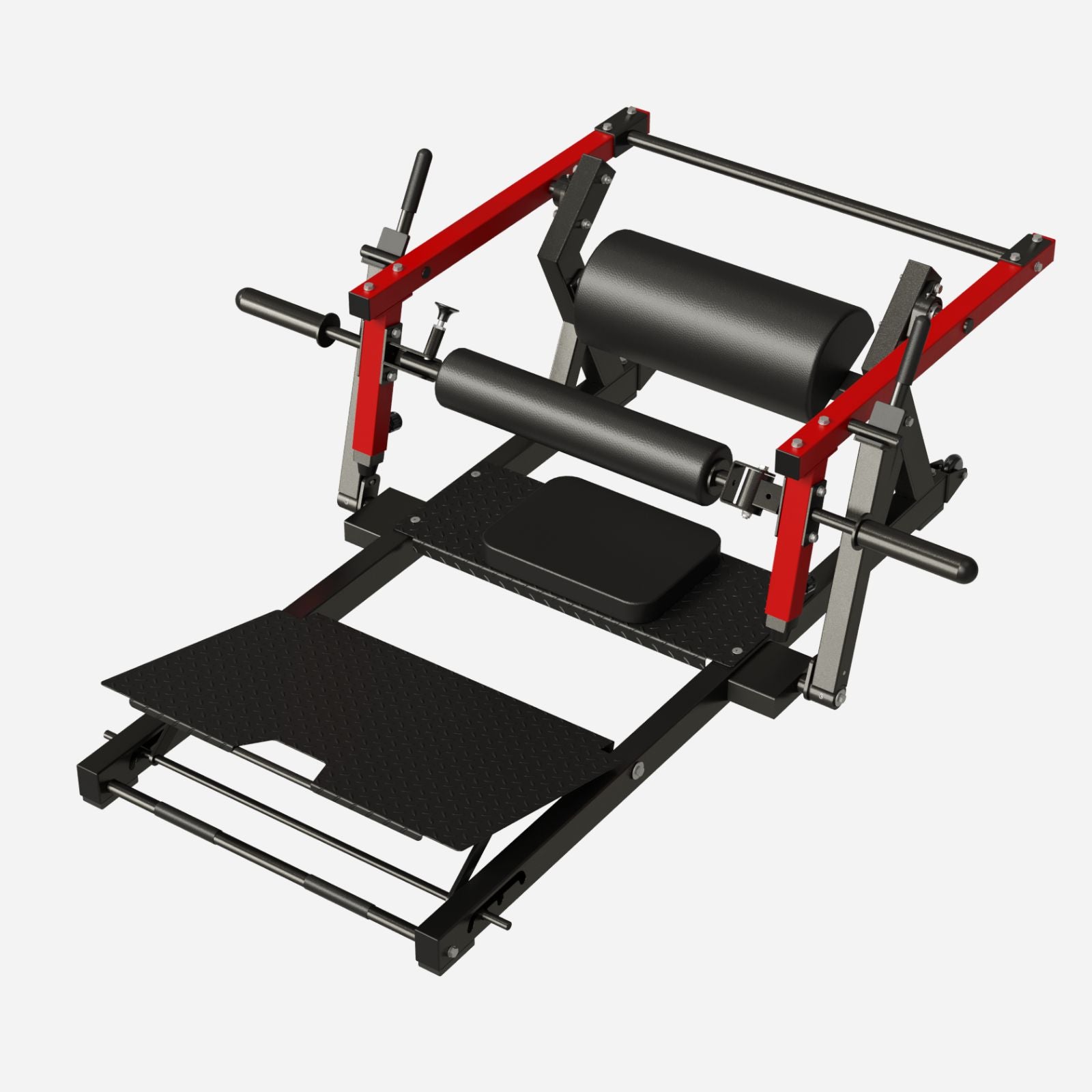
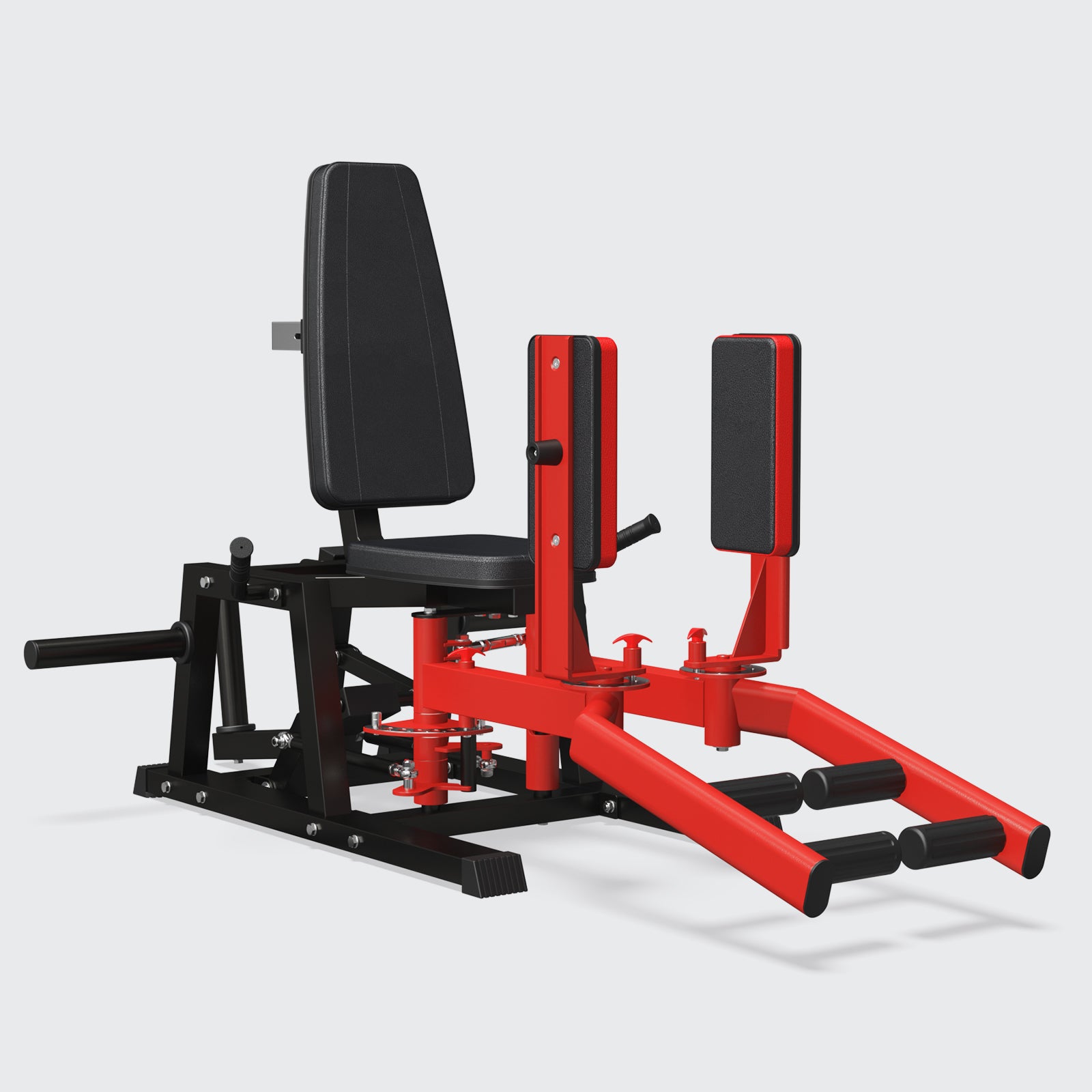


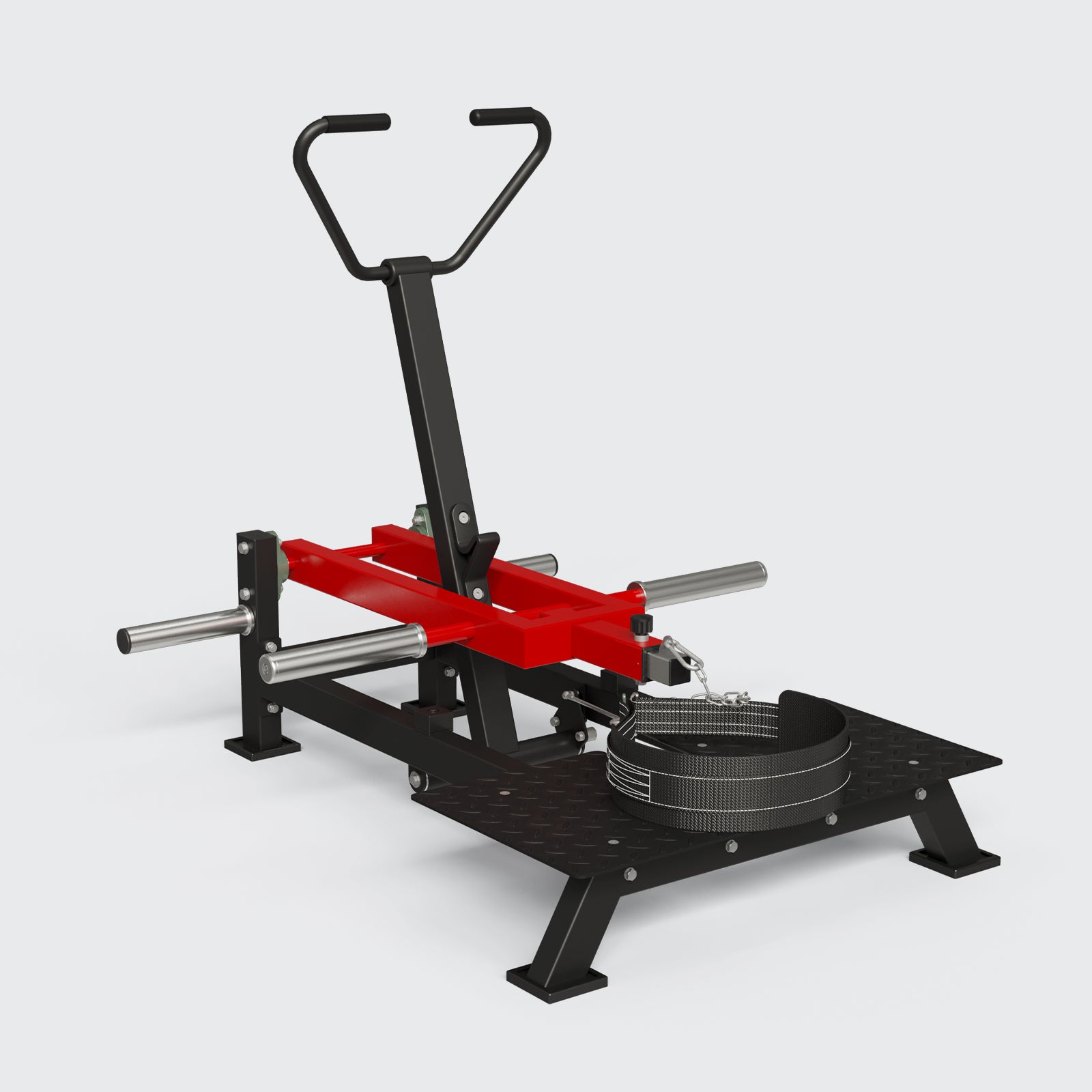
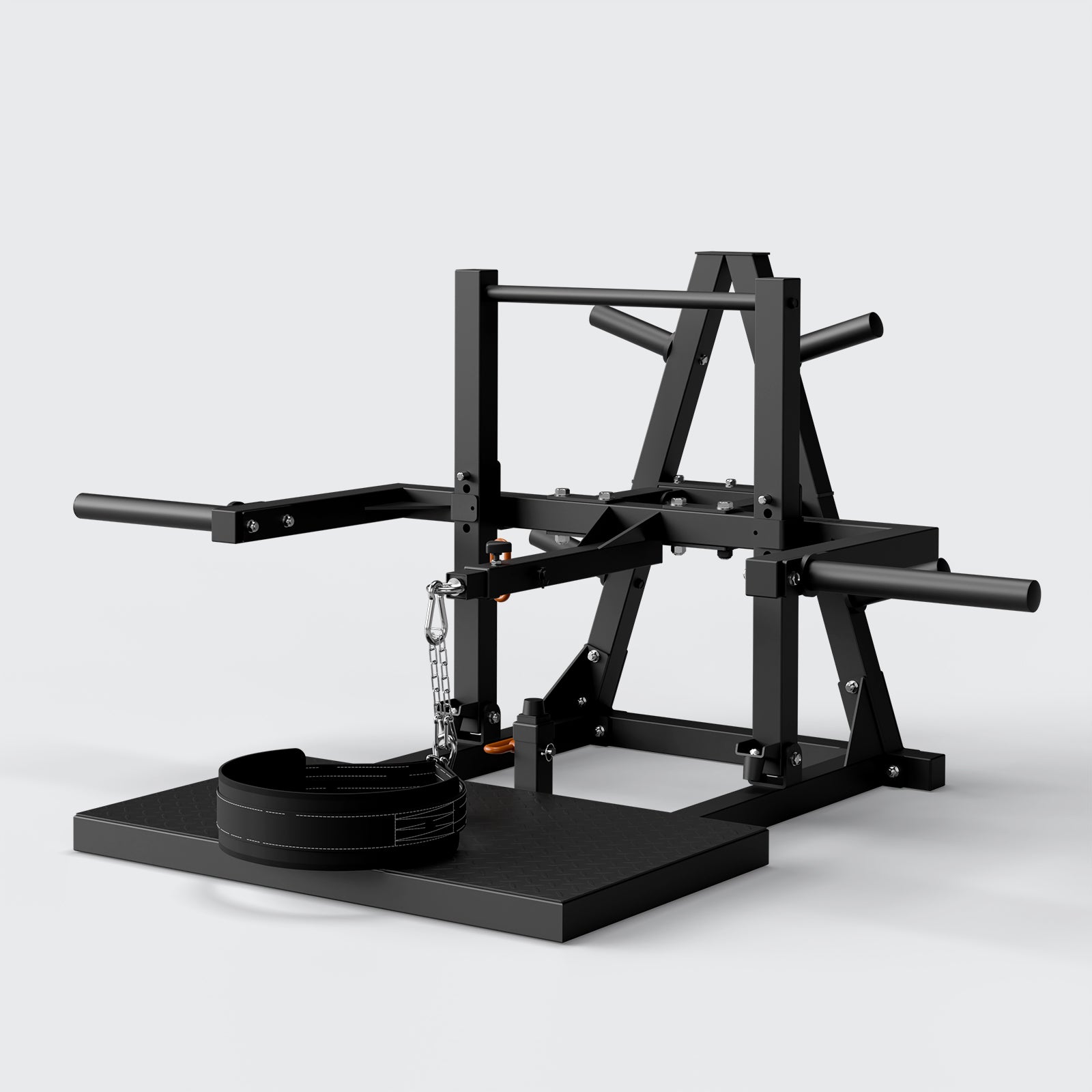

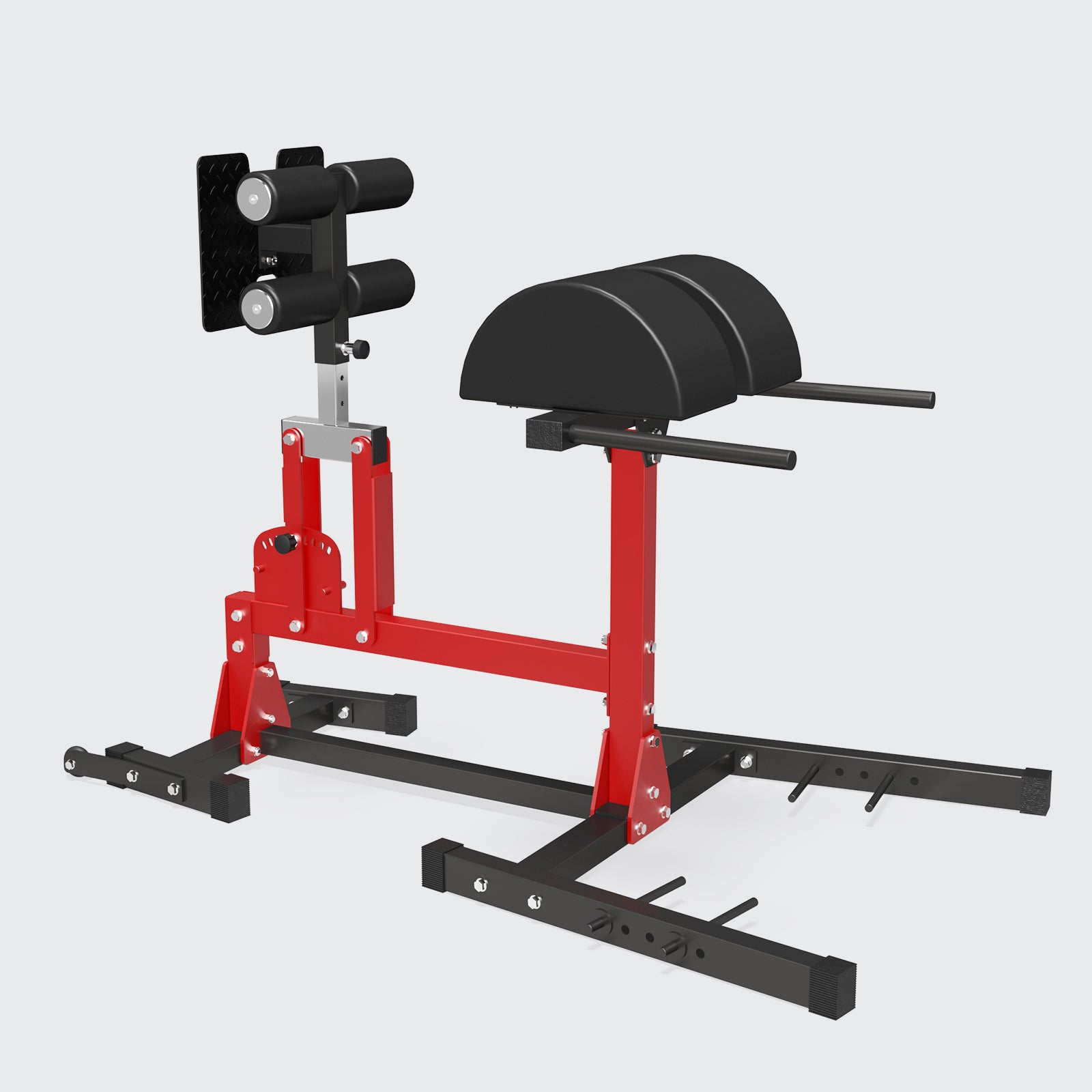

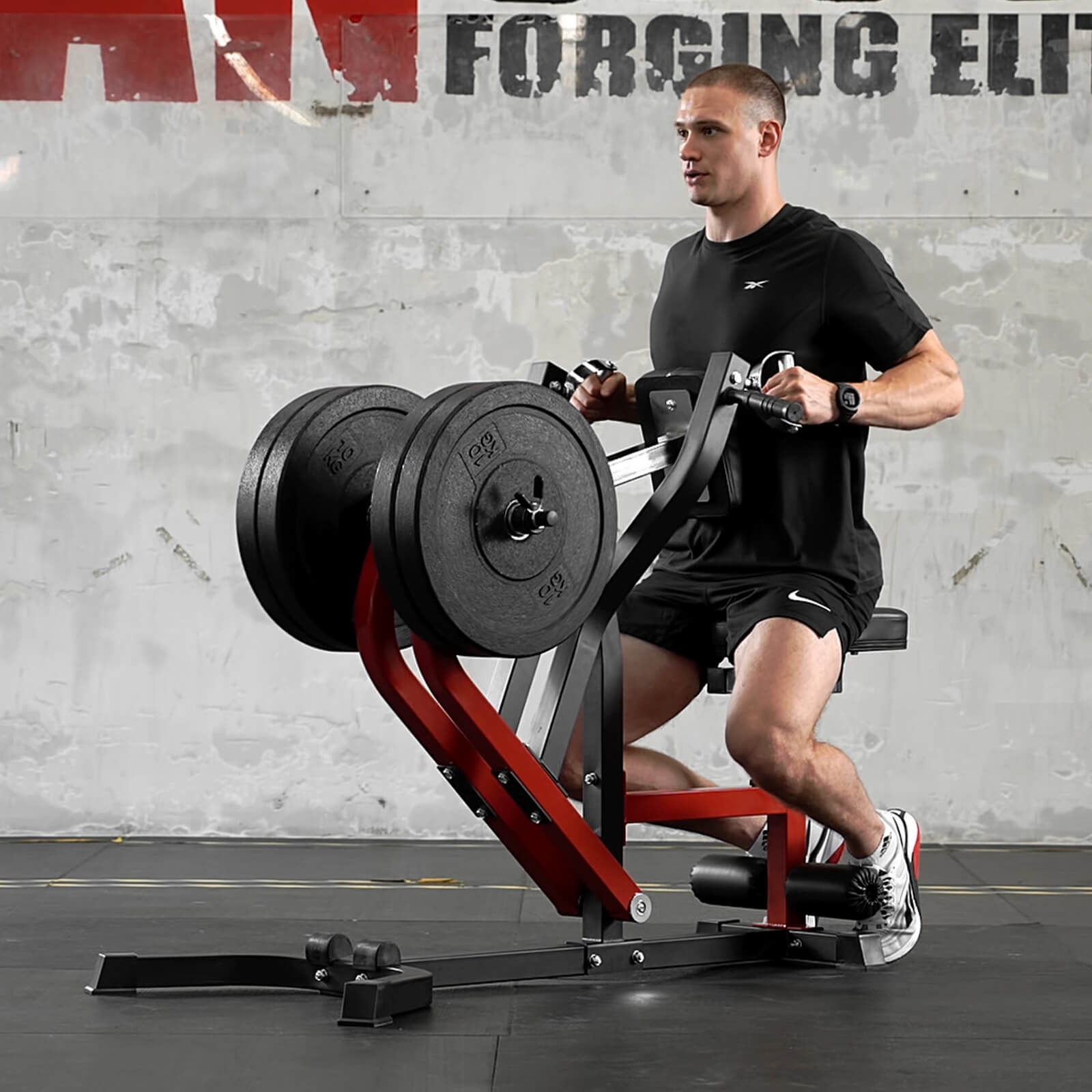
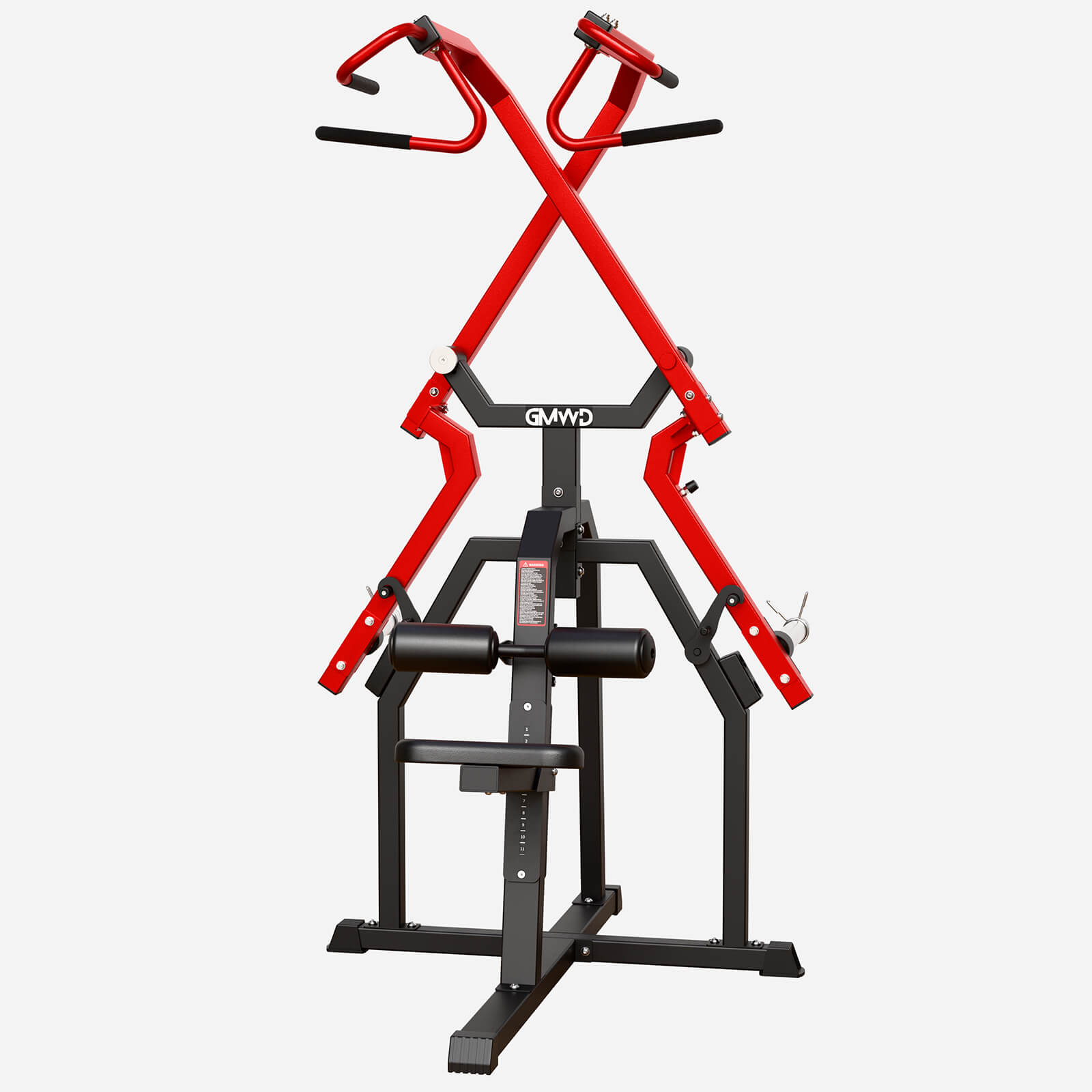
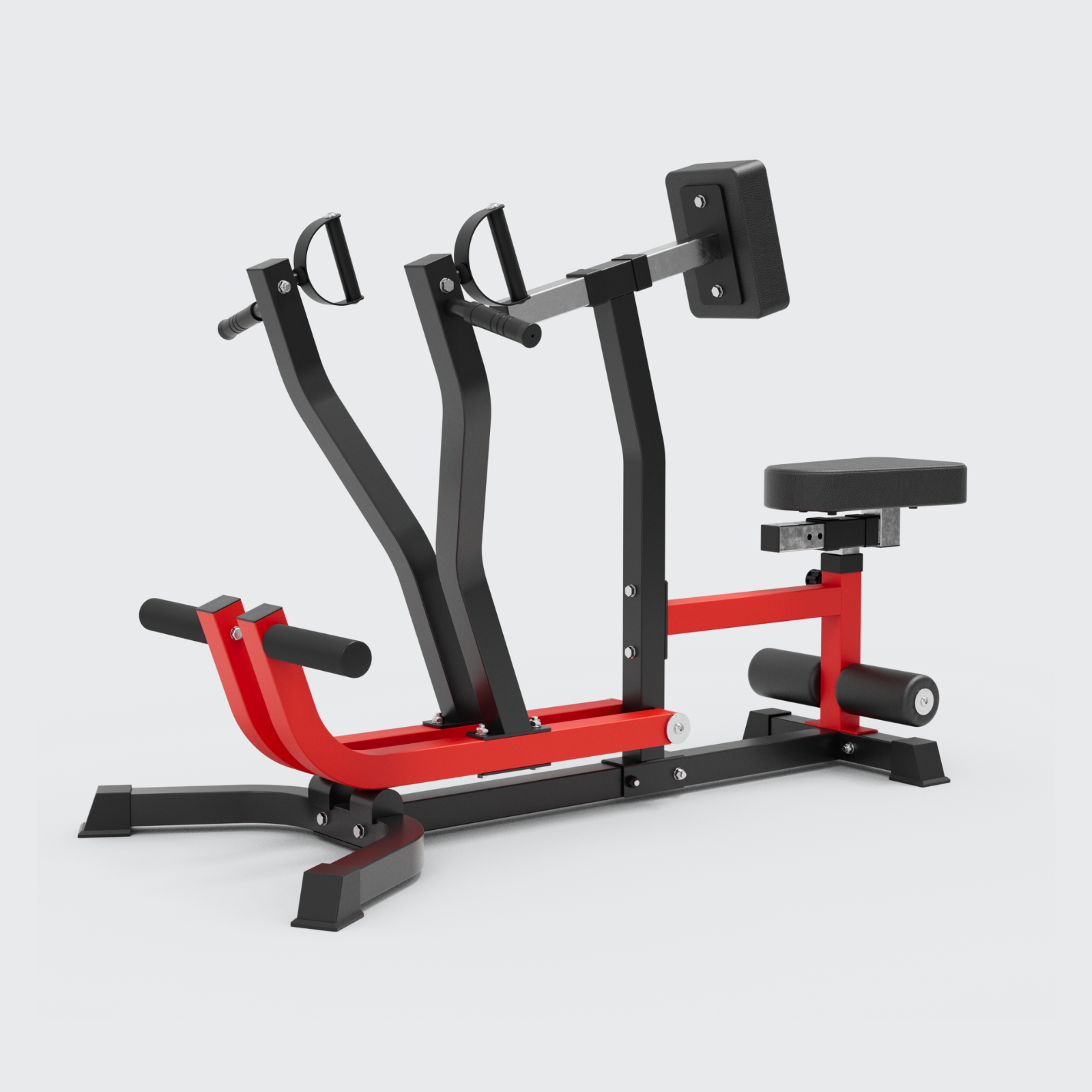
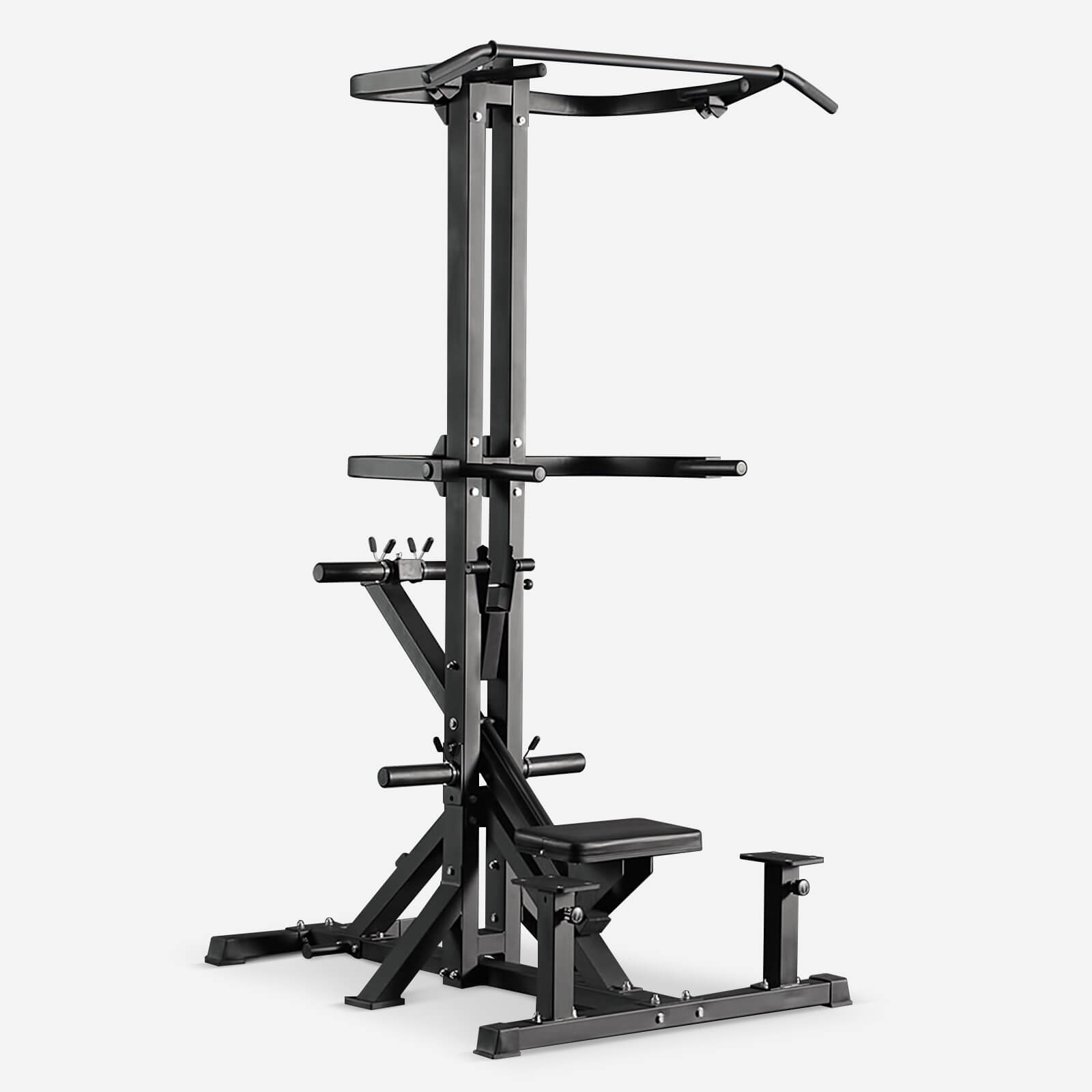

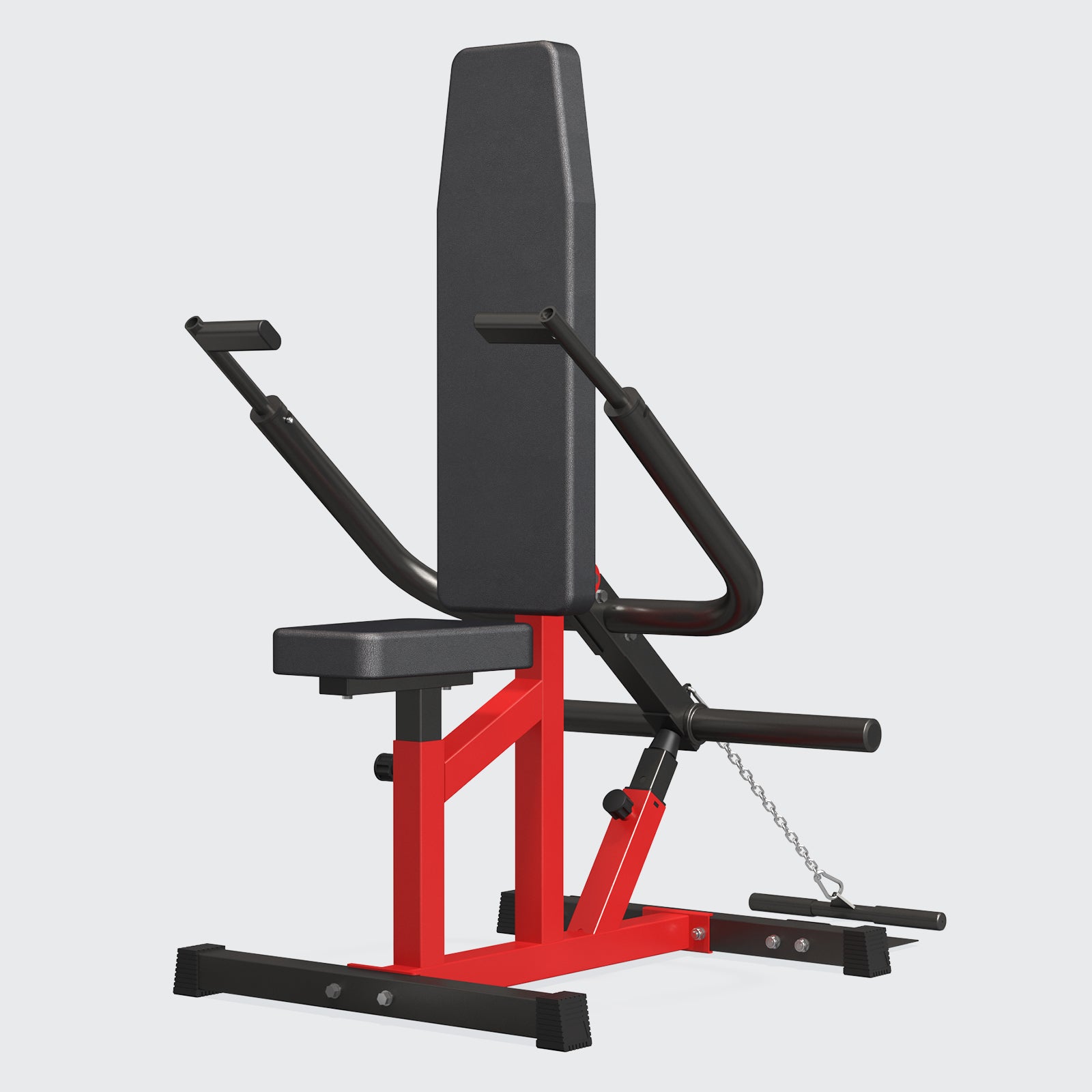
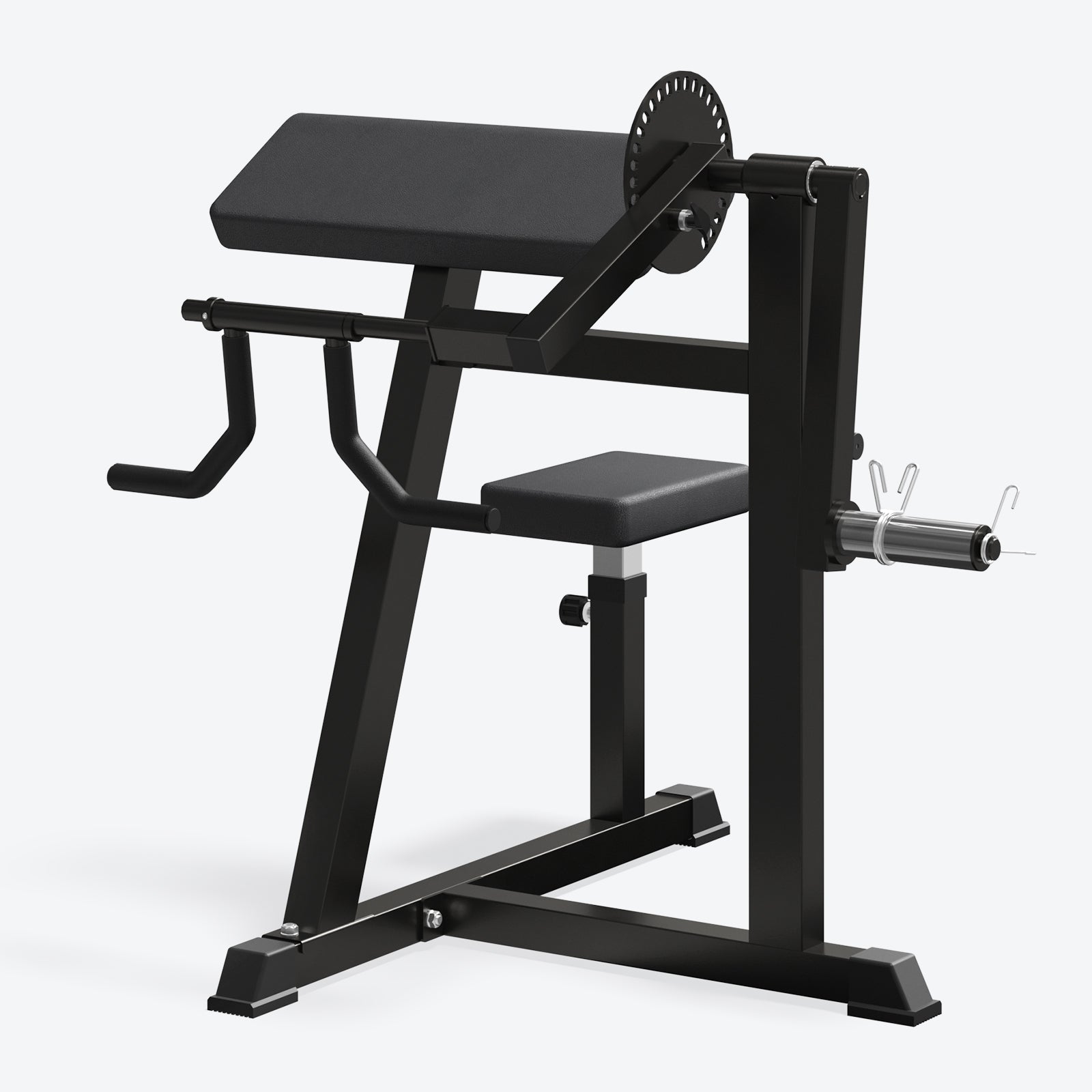
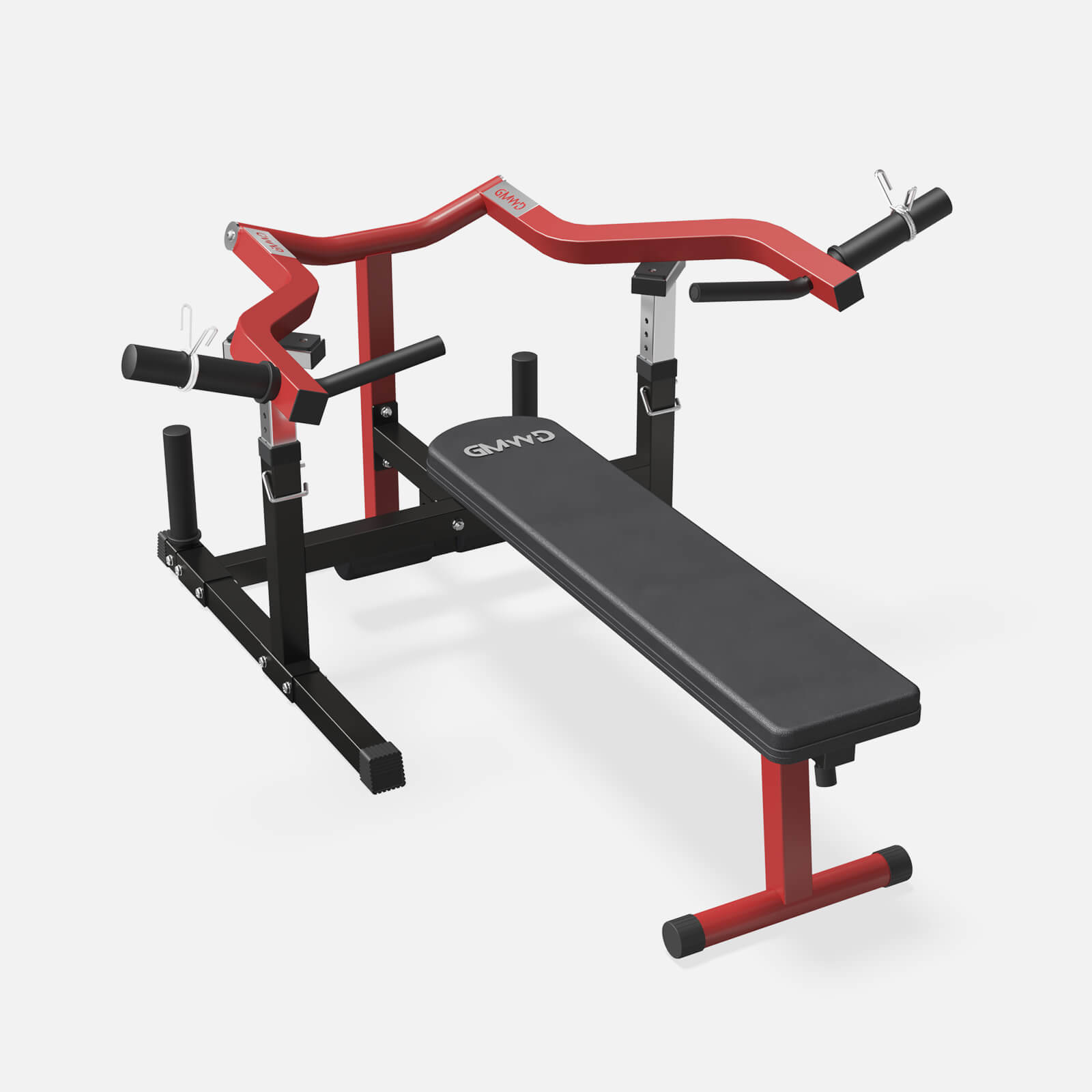
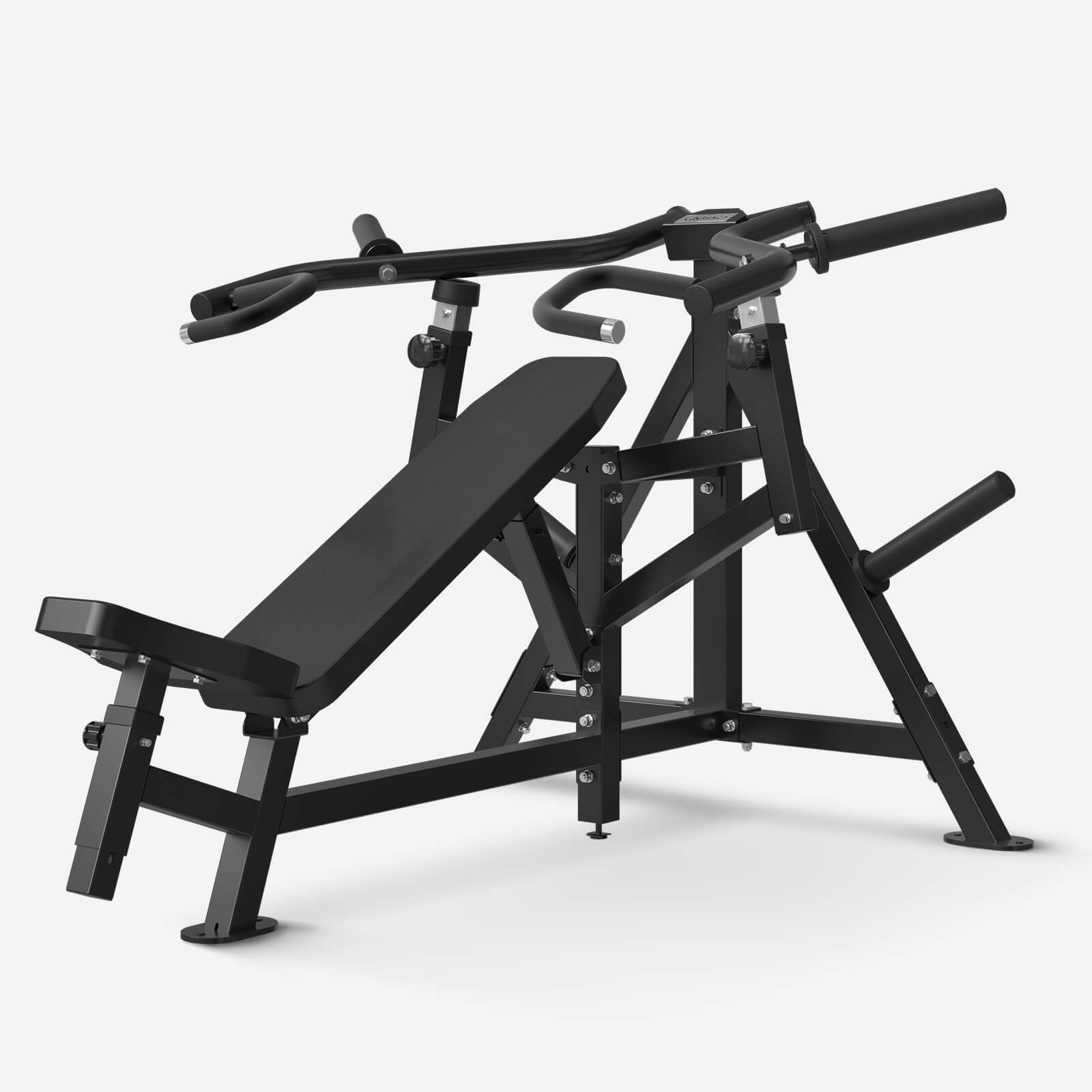
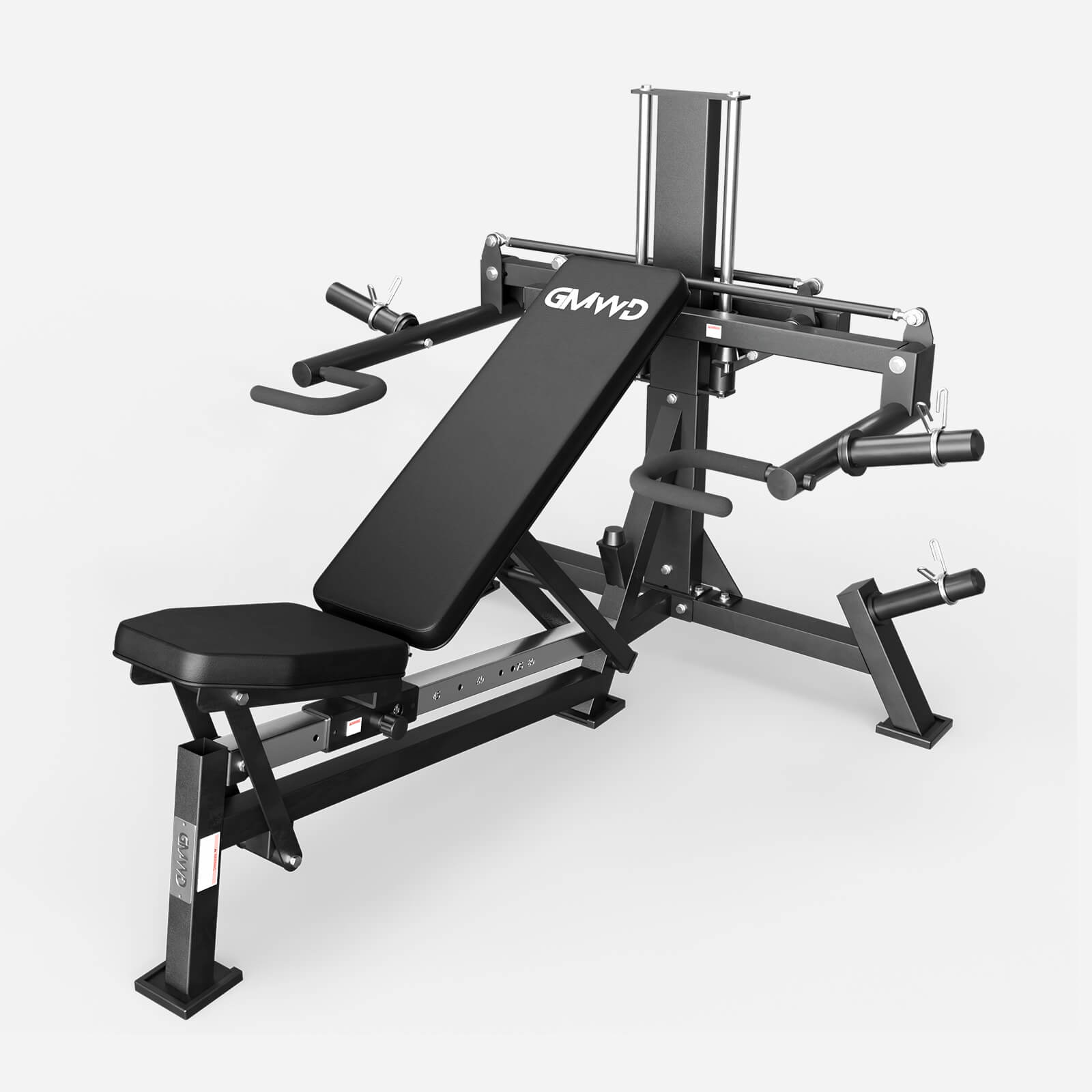
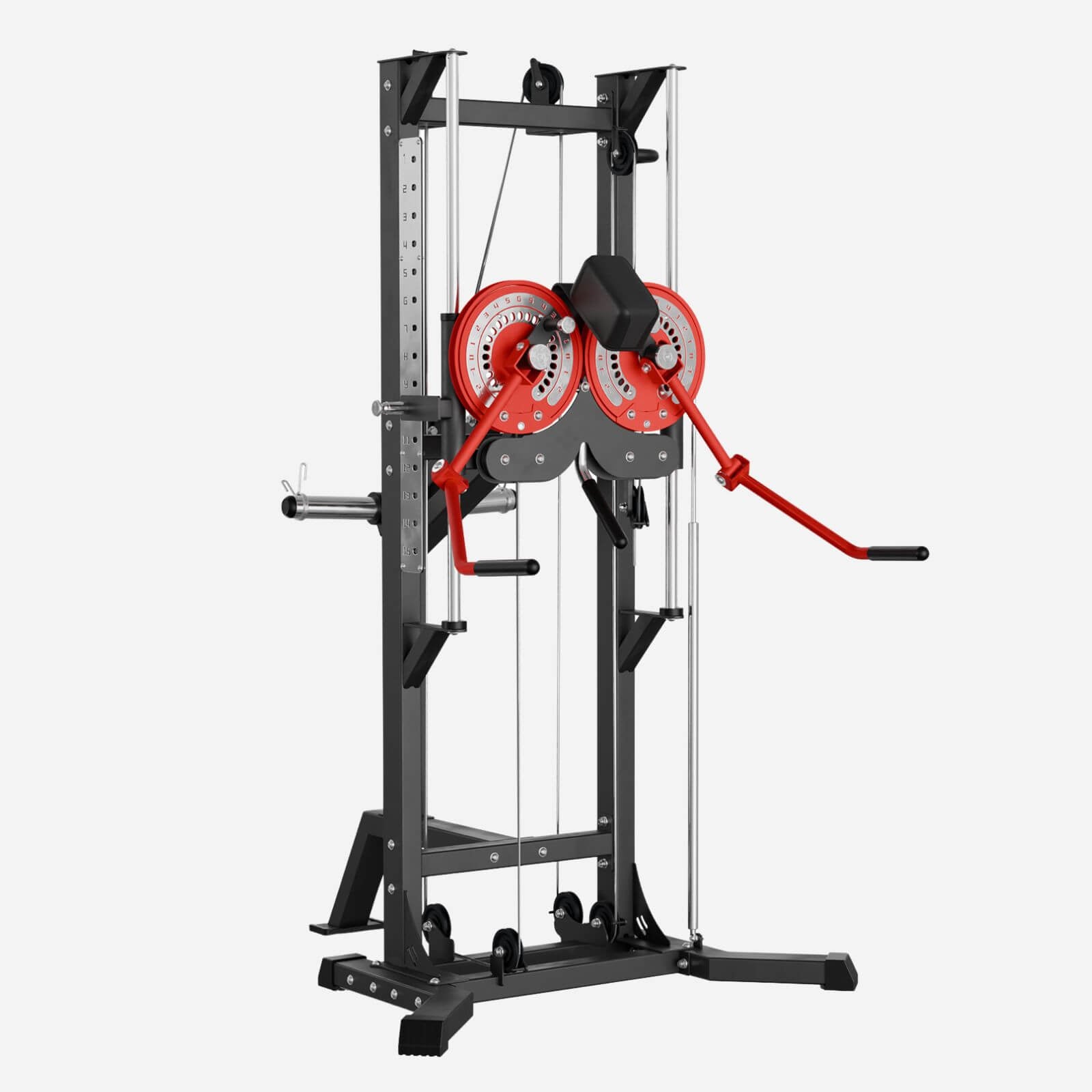

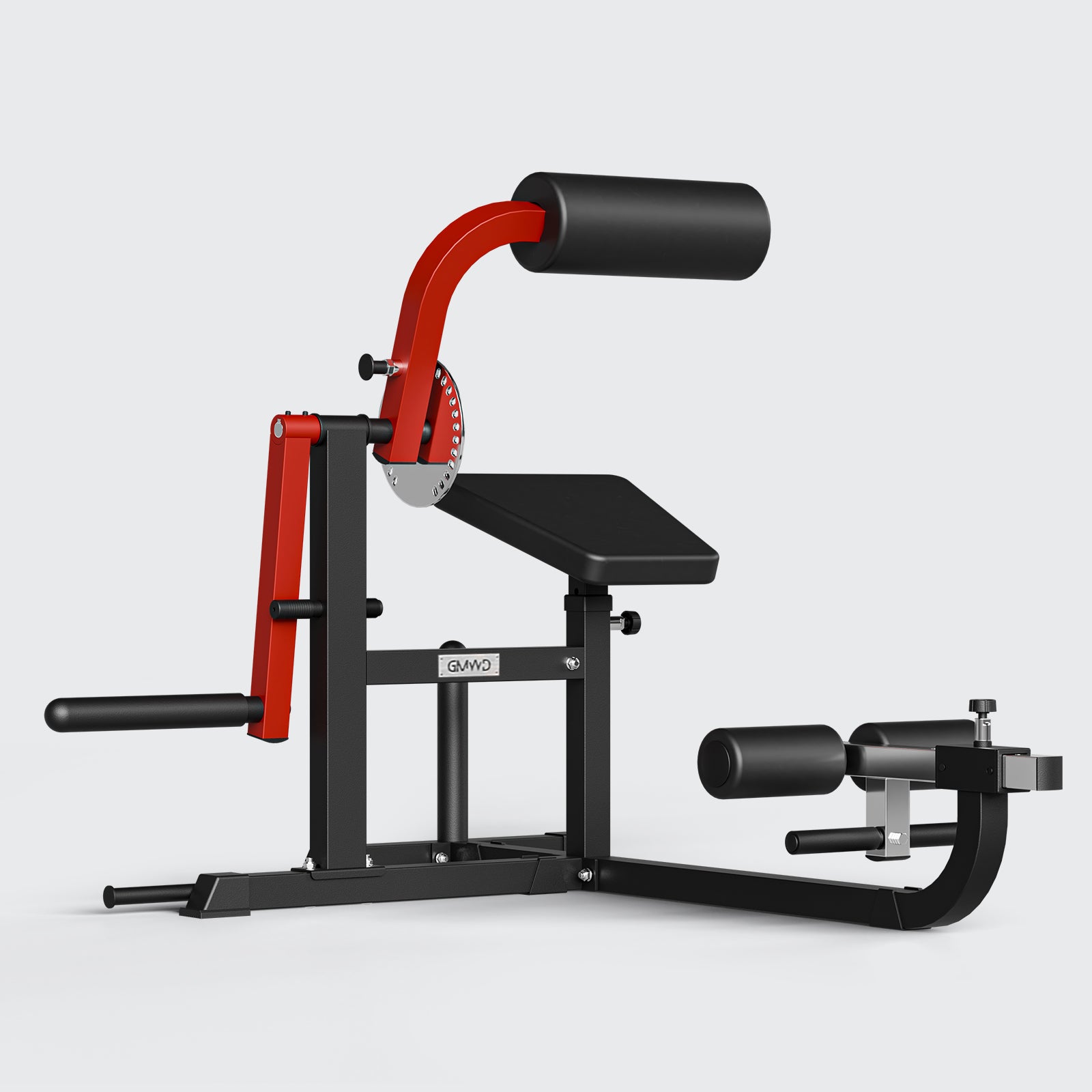
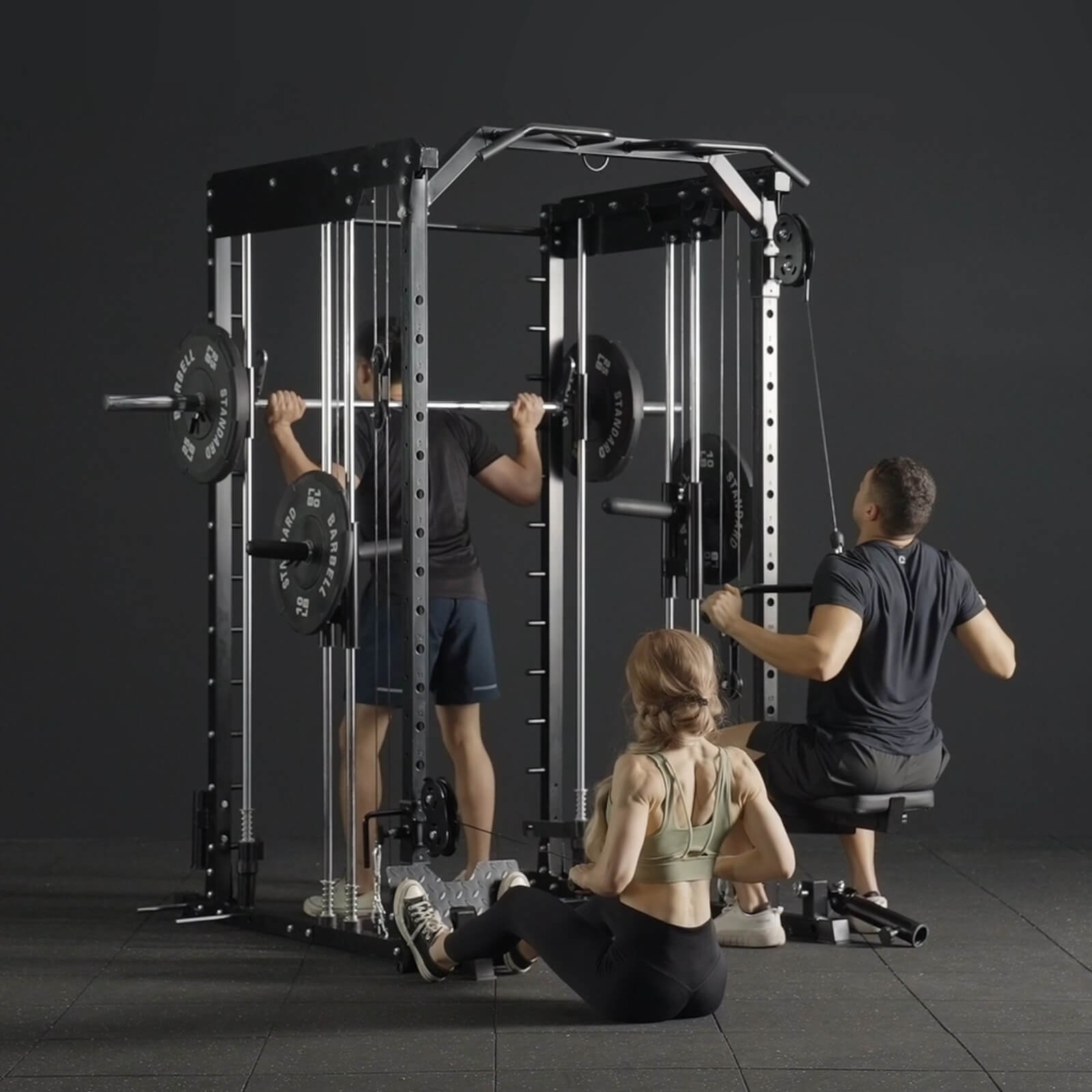
Leave a comment
All comments are moderated before being published.
This site is protected by hCaptcha and the hCaptcha Privacy Policy and Terms of Service apply.